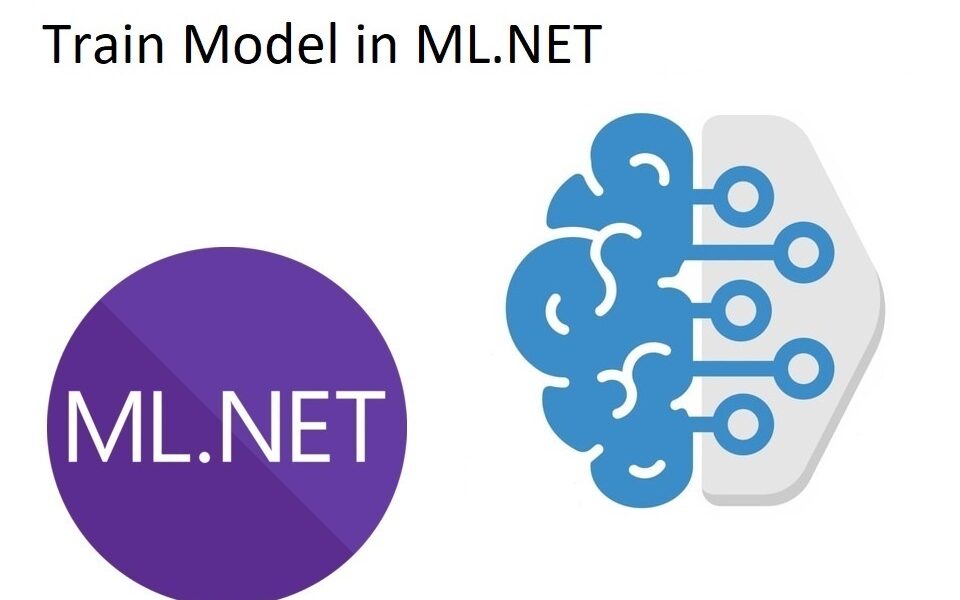

ML.NET MODEL BUILDER CODE
This has all been simplified and automated, so now all you have to do is copy + paste the code from the Next Steps in Model Builder, and then you can run your app and start making predictions!Īddress customer feedback: This release also address many customer reported issues around installation errors, usability feedback and stability improvements and more. Model consumption made easy!: In previous versions of Model Builder, there were numerous steps that you had to take after Model Builder’s code and model generation in order to consume the trained model in your app, including adding a reference to the generated library project, setting the model Copy to Output property to «Copy If Newer,» and adding the Microsoft.ML NuGet package to your app. Any columns that you did not want to include, you had to manipulate your dataset outside of Model Builder and then upload the modified dataset. Any other columns in the dataset were automatically used to make the prediction (Features).

This release of Model Builder adds support for a new scenario and address many customer reported issues.įeature engineering: In previous versions of Model Builder, after selecting your dataset, either from a file or from SQL Server, you only had the option to choose the column to predict (the Label). Using ML.NET, developers can leverage their existing tools and skillsets to develop and infuse custom AI into their applications by creating custom machine learning models for common scenarios like Sentiment Analysis, Recommendation, Image Classification and more!.įollowing are the key highlights: Model Builder updates ML.NET offers Model Builder (a simple UI tool) and CLI to make it super easy to build custom ML Models using AutoML. ML.NET is an open-source and cross-platform machine learning framework (Windows, Linux, macOS) for. You can learn more in the «What’s new in ML.NET?.» session at. For example, Stochastic Dual Coordinated Ascent which we used in this article is available as Sdca (for regression), SdcaNonCalibrated and SdcaLogisticRegression (for binary classification), and SdcaNonCalibrated and SdcaMaximumEntropy (for multi-classification).We are excited to announce updates to Model Builder and improvements in ML.NET. There are multiple training algorithms for every kind of ML.NET task, such as trainers which can be found in their corresponding trainer catalogs. The seed parameter is used internally by splitters and by some trainers to give the model training a deterministic behavior (this is very useful for unit tests). Many of them are part of additional nuget packages. Inside this catalog, we can find all the trainers, data loaders, data transformers and predictors which we can use for a large variety of tasks like: regression, classification, anomaly detection, recommendation, clustering, forecasting, image classification and object detection. If we don't have such column as Label in our dataset, we have to annotate the target field like it follows (of course, for another problem, we may have another target feature we need to annotate): īefore proceeding to build the training pipeline, let me introduce the MLContext catalog container.
ML.NET MODEL BUILDER SERIES
At the end of the first part of the series we had a preprocessing pipeline ready to load data and concatenate the features selected for the training into one special feature called Features, and a target feature named Label serving as a category where the selected feature classifies.


 0 kommentar(er)
0 kommentar(er)
